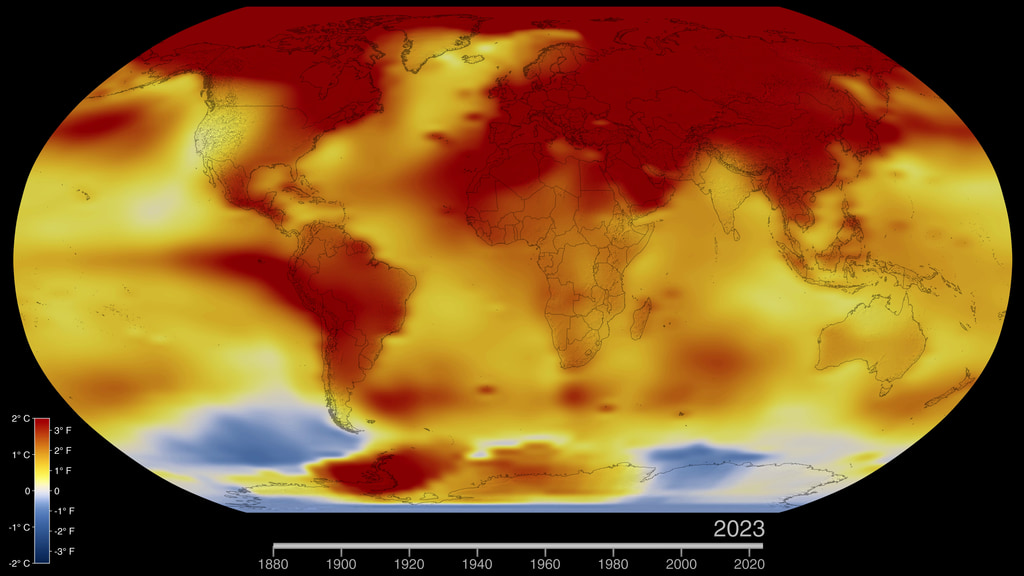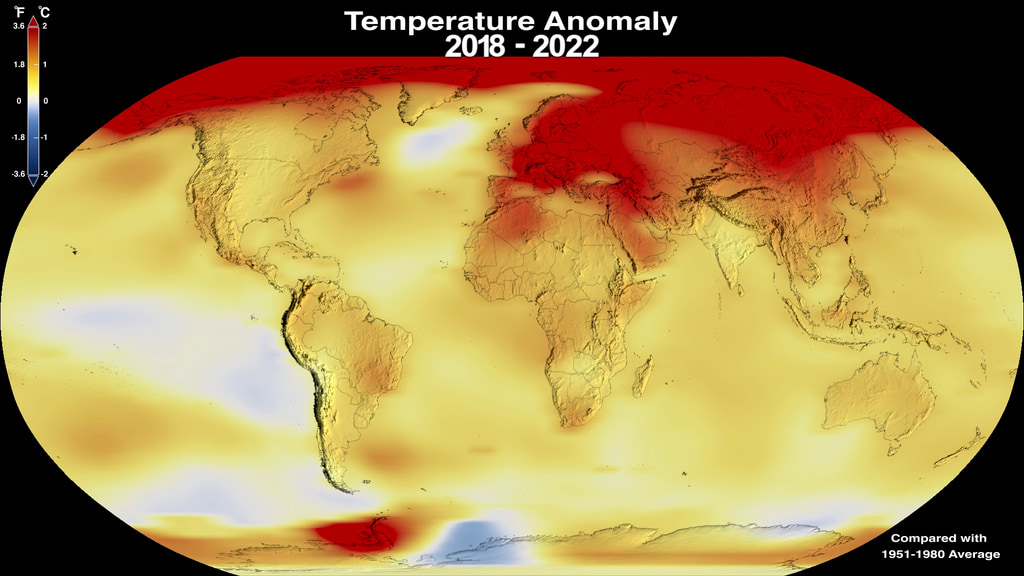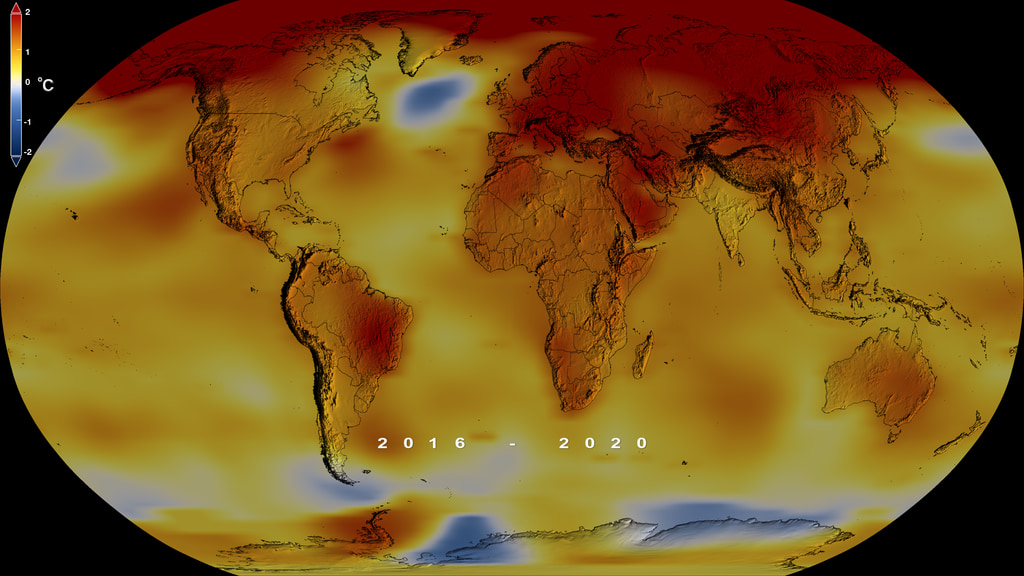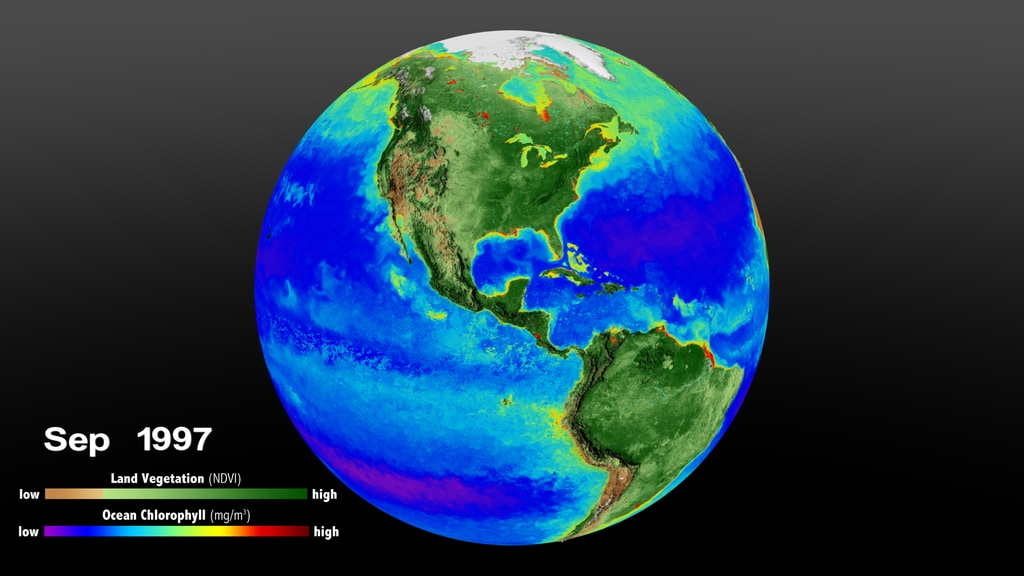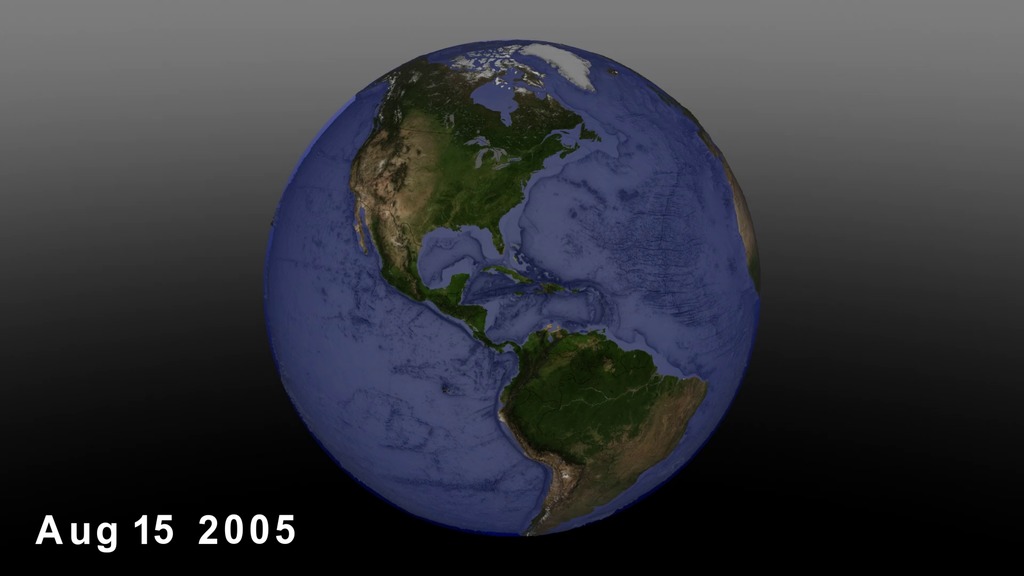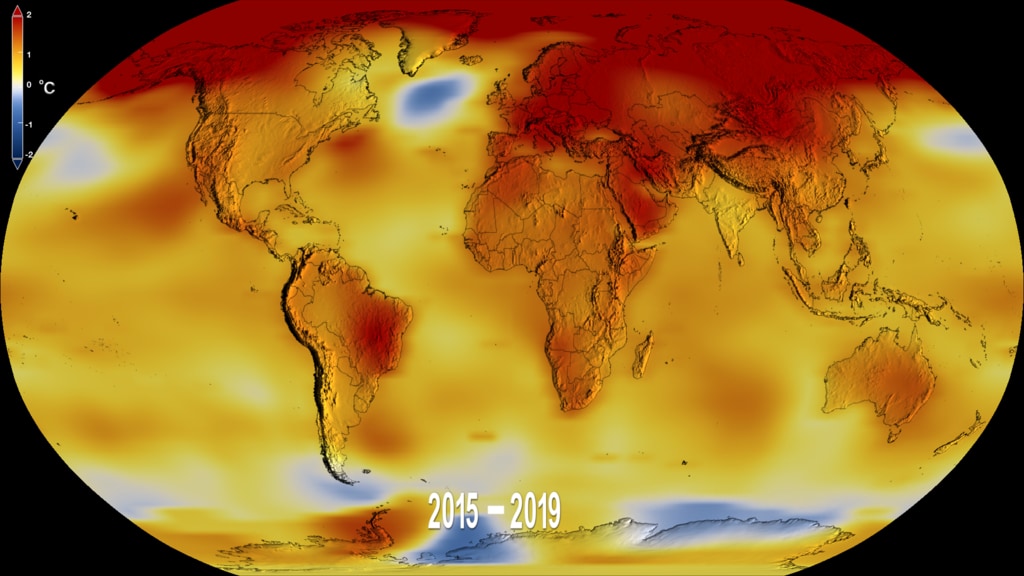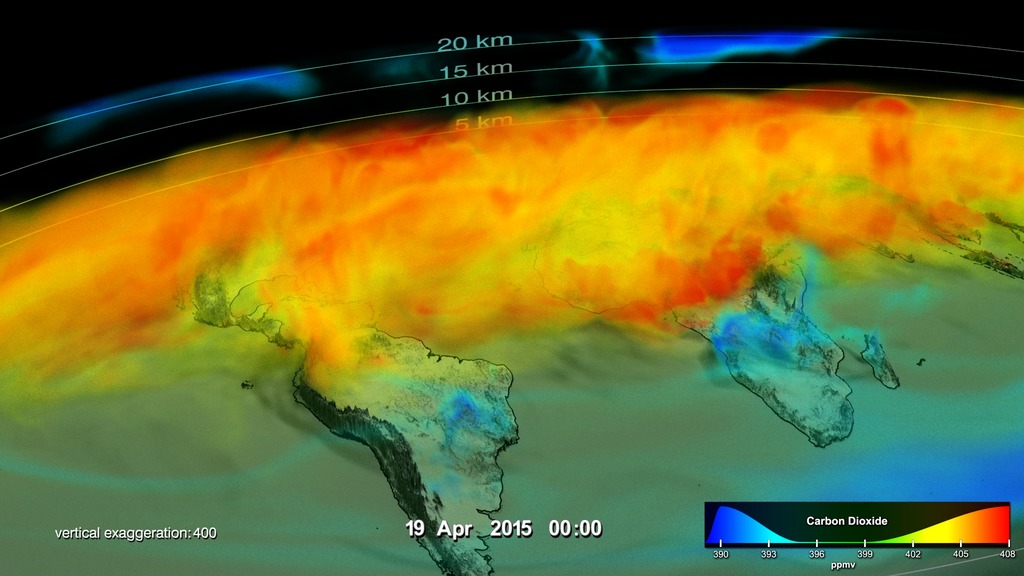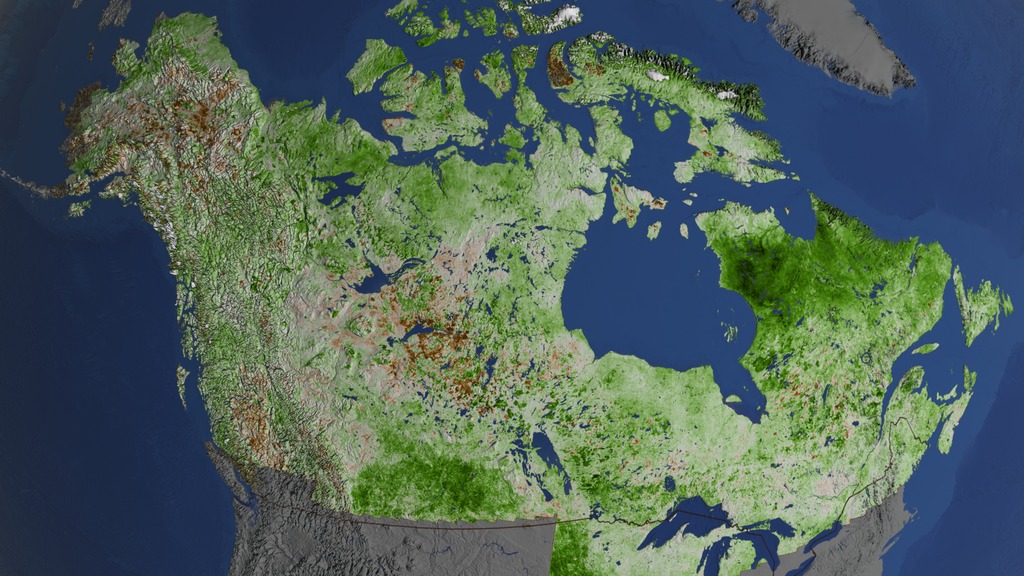Plants Are Struggling to Keep Up with Rising Carbon Dioxide Concentrations
Plants play a key role in mitigating climate change. The more carbon dioxide they absorb during photosynthesis, the less carbon dioxide remains trapped in the atmosphere where it can cause temperatures to rise. But scientists have identified an unsettling trend – 86% of land ecosystems globally are becoming progressively less efficient at absorbing the increasing levels of CO2 from the atmosphere.
Credits
Please give credit for this item to:
NASA's Goddard Space Flight Center
-
Producer
- Kathryn Mersmann (USRA)
-
Writer
- Esprit Smith (KBR Wyle Services, LLC)
-
Scientist
- Benjamin Poulter (NASA/GSFC)
Series
This page can be found in the following series:Release date
This page was originally published on Thursday, December 10, 2020.
This page was last updated on Wednesday, May 3, 2023 at 1:44 PM EDT.
